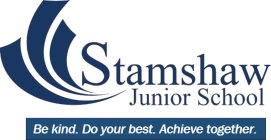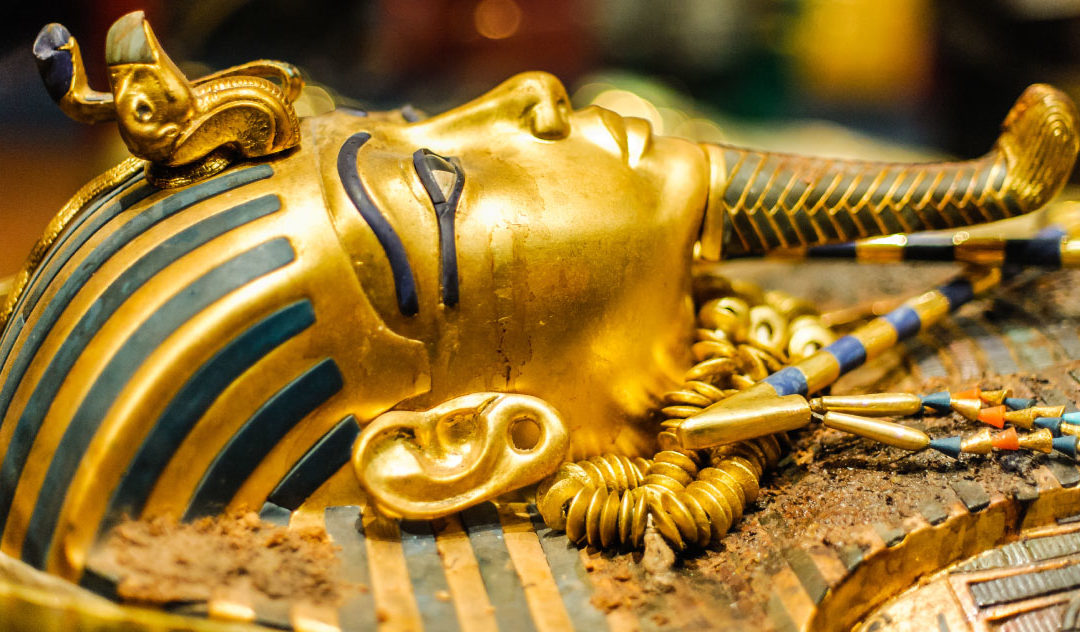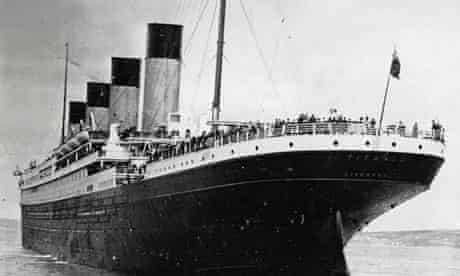Curriculum Statement
Our Curriculum Statement

Intent
Stamshaw Junior School is at the heart of the community that it serves. We are proud to provide our children with the knowledge, skills and vocabulary that they need to thrive as they progress on to secondary education and beyond. Our curriculum provides learning opportunities that harness our children’s intellectual curiosity, natural enthusiasm and eagerness to learn, whilst nurturing their self-esteem, confidence, resilience and well-being.
Our values are what make Stamshaw Junior School special, and they are embedded within our curriculum.
| Our School Values |
|---|
|
|
|
|
|
Stamshaw Junior School is set in a location that is steeped in Historical, Geographical and Cultural heritage, and we set out to use our location as a starting point for many of our Topics. Stamshaw itself is an Anglo-Saxon settlement.
We aim to utilise our local environment by learning about it. Some examples include the sea defences at Tipner Lake, the military forts on Portsdown Hill, the Historical Dockyard and the development of the land in Stamshaw/ Tipner. Our ongoing intent is to bring this location to life and show children how their surroundings fit with their own understanding of the world.
Our community is close-knit, loyal and aspirational. Parents want the best for their children, and we have designed a rich and broad curriculum that matches their ambition. We want our children to leave us with the literacy skills and mathematical proficiency needed to flourish and with the cultural capital needed to become successful citizens in the 21st century.
Implementation
Much of our curriculum is delivered through thematic Topics. Each year group completes six Topics over the course of the academic year with a blend of knowledge based and skills based learning. We want our learning to be ‘sticky’ - this means that children gain and retain skills and knowledge.
Children complete ‘knowledge harvests’ to show their prior knowledge of our Topics and then add to these at the end to show everything that they have learnt and retained.
The Topics have been designed to complement and build on one another by, for example, furthering the children’s understanding of Historical eras in chronological order.
|
Some examples of the Topics are:
Potions
Mummies & Curses
Tribal Tales
The Titanic
|
|---|
We use the National Curriculum as the basis for our own curriculum and all statutory objectives are covered by the end of the key stage. Each subject area has clear year group ‘end points’ to ensure learning is built upon year by year. A curriculum yearly overview shows the content introduced in each year and teachers use this as a starting point for their curriculum planning.
The half termly topics are driven either by History or Geography with links to wider curriculum subjects made to enhance the children’s learning experiences. Often, there will be links to the overarching Topics in our English lessons and through our ‘class reader’ texts; this means that our children are more invested and motivated by their learning. Some areas of our curriculum are taught as discrete lessons, this includes Maths, most of our Science units, Music, French, RE, PSHE, Computing and PE.
First and foremost, our curriculum is delivered through Quality First Teaching. Quality First Teaching is a style of teaching that emphasises high quality, inclusive teaching for all pupils. Our curriculum is enhanced by the ‘EPIC’ teaching style as outlined in the Teaching and Learning Policy. All lessons should have parts of ‘EPIC’ in them no matter which parts of our curriculum are being taught.
| What is EPIC? |
|---|
|
E = Excitement & Enjoyment e.g. active, not passive learning with practical, hands on activities. It needs to fun and purposeful to get children switched on and interested. |
|
P = Pace & Progress e.g. do not go over too many examples, allow pupils to try themselves. Pay particular attention to the most able children and ensure they are challenged. Clear routines especially in change over times. |
|
I = Included & Independence e.g. planning relevant to ability, use additional adults to divide into smaller groups when appropriate. Learning needs to have opportunities for decision making, problem solving, and thinking for themselves and have opportunities to work autonomously. |
|
C = Consistency & Challenge e.g. Ensuring children understand and can put into practice what they are learning, maintaining pressure on pupils for whole lesson and ensuring they produce sustained good quality work especially when written in books. |
Our Positive Behaviour Policy, ensures that our children are in the best possible mind-set to access our curriculum. Inclusion is paramount to our learning and it is our belief that teaching cannot be effective without effective inclusion. Our Inclusion Statement and Inclusion Policy set out in further detail how we enable our children to access and thrive in their learning.
At Stamshaw Junior School, we make use of a wide range of effective and engaging resources to help us implement our curriculum. These include:
- Charanga, a world-leading music teaching and learning platform;
- Power Maths, a White-Rose aligned Mathematics programme that fosters a conceptual understanding;
- ilearn2, an immersive and engaging Computing resource, and
- Language Angels - an interactive programme that helps teachers to deliver Spanish.
These resources complement the pedagogy and creativity of our experienced and talented teaching and learning team. We believe that rich learning extends beyond the classroom and we make use of engaging experiences to ‘hook’ our children into our topics. Children at Stamshaw Junior can expect a trip, visitor or theme day that helps them engage with each topic.
We provide our children with opportunities to: dig like an architect at Butser Ancient Farm; curate artwork for their own gallery; look into the eyes of a peregrine falcon as it swoops across our school grounds, and to rub shoulders with guests from a wide range of industries during our Aspirations Week.
Our wider curriculum looks to build character, encourage citizenship and promotes the fundamental British Values. Our RE curriculum (Hampshire’s Living Difference) teaches respect and tolerance, we hold democratic elections to find our school and eco councillors and promote year 6 pupils to the role of prefects to increase their responsibility within school.
A commitment to the children’s mental and physical health is paramount to our implementation of the curriculum, and we actively promote a healthy lifestyle, the importance of exercise and regular well-being activities, such as journaling. SMSC development is interwoven into our learning experiences and enhanced further by events like Mental Health Awareness Week and Yellow Day; links with local charities like the Air Ambulance and the Trussell Trust; and our connection with local religious groups, such as St. Saviours Church.
The archive area of our ‘School Upcoming Events’ showcases the range of wider curriculum activities and events we provide.
Impact
We measure the impact of our curriculum in both a quantitative and qualitative way. Our quantitative data comes from our rigorous assessment of children’s learning. Children in our school are assessed through AfL - with questioning being an integral part of our lessons, assessed pieces of work, summative tests and ultimately end of key stage assessments in year 6.
We believe that data in itself provides very little without action. Therefore, we use this data to inform planning; meet termly to moderate and suggest next steps for children’s writing; and use pupil progress meetings to analyse our numerical data and look for ways to improve it - for example; through changing our approach, planning different learning opportunities or organising catch-up and intervention for any children who need it.
Our qualitative impact is measured by our senses - what we see and hear from our children, parents and all stakeholders. We regularly consult our parents on their children’s learning and value greatly their impact on their own children’s education - our parents speak very positively about the quality of education we provide. Pupil voice is at the very essence of what we do with staff members regularly asking children for their thoughts and opinions on a variety of curriculum and wider school themes. Happy, confident children who are able to articulate about their learning is something we witness on a day-to-day basis at Stamshaw Junior School and this shows the impact of our curriculum and the talented team that deliver it.
Through our rich and broad curriculum, our children develop as individuals whilst valuing the importance of being a team. They apply the school values into their learning and support themselves and each other through our motto -
‘Be kind. Do your best. Achieve together.’







